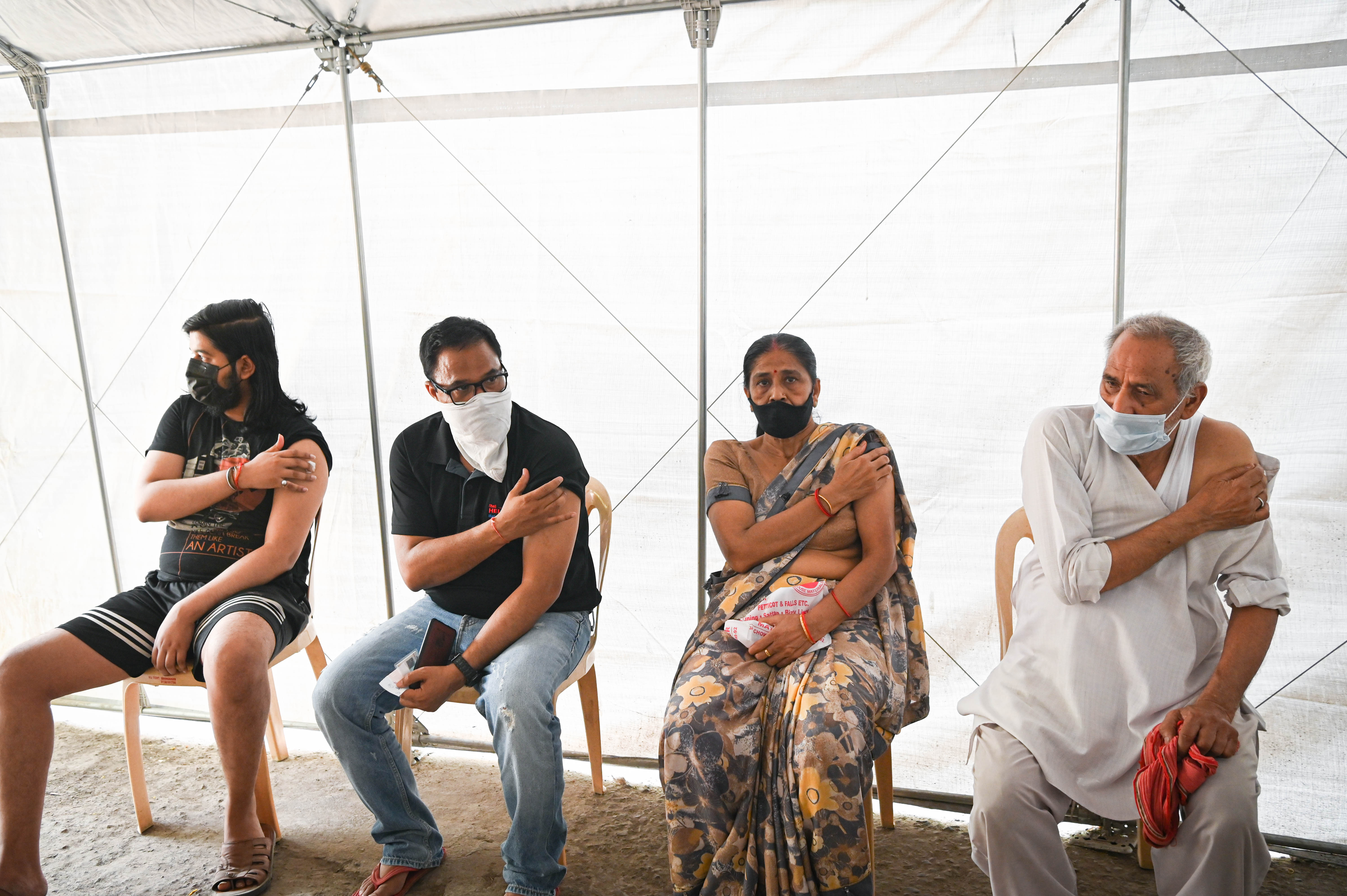Health, shelter and community organisations brought together across India, resulting in over 12,000 people gaining access to the COVID-19 vaccine.
In July 2022, India reached 2 billion vaccinated citizens, a milestone which came at a time when cases were again on the rise, but most COVID-related restrictions had already been lifted. There was a time, however, when India made daily news as the global epicentre of the outbreak.
When vaccination doses became available by 2021, the Indian government launched an ambitious campaign to fully vaccinate its adult population by the end of the year. They fell short of that target. For a country of 1.35 billion people, with over 60% living in rural areas, it became clear that the government needed help.
“To receive the COVID-19 vaccine, we must register on the government COWIN portal. As I don’t have a smartphone, it was difficult for me to register and secure an appointment.”
Mo. Zunaid, Daily wage worker at vegetable market, Niranjanpur, Dehradun, Uttarakhand

SEEDS steps in with their vaccination drive
To help level the rural-urban access curve, SEEDS stepped in to assist with its vaccination drive in March 2021. With its experience building relief efforts following natural disasters, SEEDS could effectively leverage their tools to reach distant and remote communities where access to vaccination was especially limited. Starting in Delhi, their vaccination drive eventually scaled up by setting up vaccination kiosks in Dehradun, Uttarakhand (northern India), Muzaffarpur, and Darbhanga in Bihar (eastern India).
“We were tasked to identify a place in the village that could be used to provide healthcare services. Installation of Structure vaccination kiosks provided a covered space for us to conduct these activities with ease even during rainy days.”
Anjali, ANM (Auxiliary Nurse Midwife), Ladaho Gram Panchayat, Biraul, Darbhanga district, Bihar
Going into rural communities, where infrastructure shortages are the very cause of low vaccination rates, required SEEDS to bring the infrastructure with them. Among their aid supplies for humanitarian missions, includes a reserve of RHU Structures: low cost, lightweight, durable and upgradable steel frame that provides immediate shelter with a simple tarpaulin cover. It made perfect sense to adapt these Structures into vaccination kiosks. A total of 18 kiosks were installed in Uttarakhand, lasting six months, and four months in Bihar.

“I found out that (the camp) was set up to provide healthcare and COVID-19 vaccinations in the village. I sighed in relief as now I didn’t need to travel far to get vaccinated.”
Ram Pari Devi, Resident of the Ladaho Gram Panchayat, Darbhanga District, Bihar
Over 12,000 people vaccinated
By the end of the vaccination drive initiative, 12,272 people were vaccinated, most of whom were women, young and older people. Since the drive was made in partnership with state-level governments, vaccines were free. Undoubtedly, an achievement was made possible by the 33 employed healthcare professionals, the doctors and nurses, who administered the vaccines.
“The process was smooth. Before getting vaccinated, I was a bit nervous, but now I feel relieved.”
Mo. Zunaid, daily wage worker at a vegetable market, Niranjanpur, Dehradun, Uttarakhand
Going to the grassroots to spread awareness
Reaching out to people and spreading awareness of the kiosks required creativity, which meant going straight to community-based organisations and leadership. In Uttarakhand, they put up posters, distributed pamphlets and made loudspeaker announcements.
They brought an even more grassroots approach to Bihar, where they partnered with Panchayati Raj institutions, holding meetings open to the self-governing villages and self-help groups, attributing to the majority of women benefitting from the drive.
“The Structure vaccination kiosks were extremely useful in managing the people that would come for vaccinations daily and prevent overcrowding at the healthcare centres.”
Dr. Rajeev Dixit, District COVID-19 Surveillance Office, Dehradun, Uttarakhand


The Structures find new purpose
The response from the communities was positive, even favoured over the closest government-run healthcare facility or hospital, where overcapacity resulted in extended waiting times. The kiosks became so popular that they started to host regular health check-ups and community development meetings.
Since State mandates led to the closure of the kiosks as vaccination points in the spring of 2022, the Structures have been handed off to ensure that they support the same communities in both the present and future: two Structures in Uttarakhand were provided to unhoused families as temporary shelters, five Structures in Bihar were given to the State Health Department for future deployment, with the other five going to the local self-help group.








